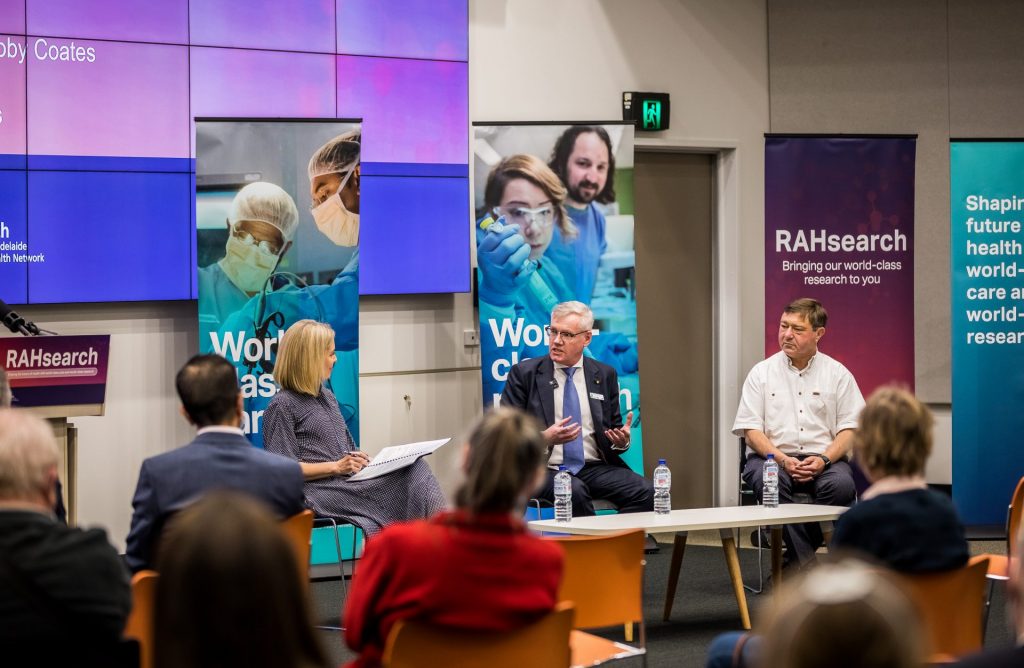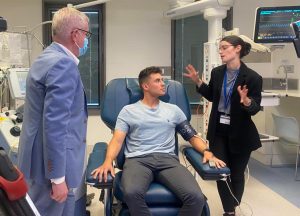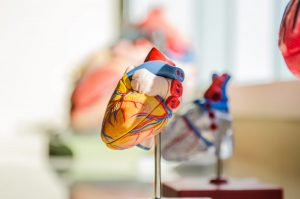“My young diabetic daughter said to me “you know, you don’t have to do this.”
“What she doesn’t understand is I do.”
For the world’s first patient to receive an islet cell transplant into an artificial dermis, Alec Tibbitts, the motivation was simple.
The revolutionary new method is a small step towards a legitimate cure for type 1 diabetes and implants insulin-producing islet cells into an artificial dermis (skin) in the patient’s arm.
Existing treatment involves transplanting vital insulin-producing islet cells into the liver, but the poor blood supply can result in a loss of about 75 per cent of the precious donated cells.
Instead, the new treatment involves producing a hospitable transplant site outside of the liver in the skin, where the cells are more likely to survive, which can be easily accessed.
“This would be a huge advantage and could potentially unfold to many thousands of people with type 1 diabetes in our community,” said Professor Coates, Director of Kidney and Islet Transplantation.
Following the successful transplantation, the experience has been positive for Mr Tibbitts.
“My blood sugars have been more stable since the islet cell transplant. It’s been quite a remarkable change.”
Watch the session
There is more to this story
Click here to read more on this world-first story.
More about RAHsearch 2022
Professor Coates presented on this work at RAHsearch 2022.



